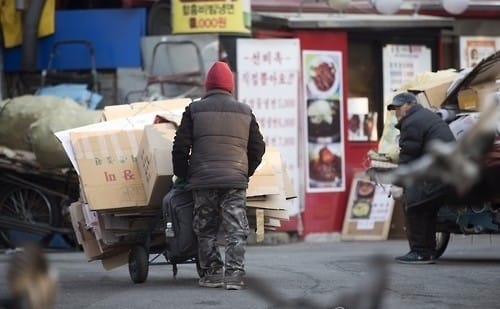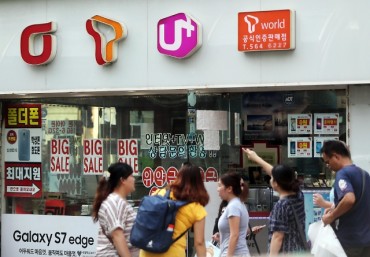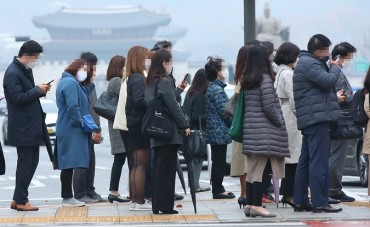
South Korea remains at the forefront of an undesirable statistic among the member countries of the Organisation for Economic Co-operation and Development (OECD) – the highest senior poverty rate. (Image courtesy of Yonhap)
SEOUL, Dec. 20 (Korea Bizwire) – South Korea remains at the forefront of an undesirable statistic among the member countries of the Organisation for Economic Co-operation and Development (OECD) – the highest senior poverty rate. This has been a persistent trend since the OECD began releasing data on each country’s elderly poverty rates in 2009.
According to the recently published ‘Pensions at a Glance 2023′ report by the OECD, as of 2020, the income poverty rate among South Koreans aged 66 and above stood at 40.4%. This figure implies that nearly one in every two elderly individuals in Korea is living in poverty, a rate almost three times higher than the OECD average of 14.2%. South Korea is the only OECD member country with a senior poverty rate in the 40% range.
Income poverty rate is defined as the percentage of the population whose income falls below 50% of the median household’s disposable income.
Following South Korea, Estonia (34.6%) and Latvia (32.2%) recorded poverty rates in the 30% range. In comparison, Japan (20.2%) and the United States (22.8%) have rates approximately half that of South Korea.
The countries with the lowest senior poverty rates include Iceland (3.1%), Norway (3.8%), Denmark (4.3%), and France (4.4%), with most being in Northern and Western Europe.
The report further highlights that poverty among the elderly in Korea worsens with age. The report noted that the income poverty rate for seniors between 66 and 75 years old was 31.4% in 2020, increasing to 52% for those aged 76 and above, indicating that more than half of this age group falls into poverty.
Gender disparities are also evident in these statistics. The income poverty rate among South Korean women aged 66 and above was 45.3%, which was 11.3 percentage points higher than the rate for men (34%). This contrasts with the OECD average of 11.1% for men and 16.5% for women.
The OECD attributes the higher poverty rate among elderly women to lower pension benefits related to income and longer life expectancy compared to men.
South Korea’s pension system also comes under scrutiny in relation to the issue of senior poverty. The OECD assesses Korea’s pension system as immature, with pensions for the elderly being very low.
The pension income replacement rate in Korea is 31.6%, significantly lower than the OECD average of 50.7%. This rate reflects the combined outcome of public pensions, such as the National Pension, and mandatory private pensions. Mandatory private pensions are those operated as ‘quasi-mandatory’ in countries like Denmark, the Netherlands, Sweden, and the United Kingdom.
M. H. Lee (mhlee@koreabizwire.com)






